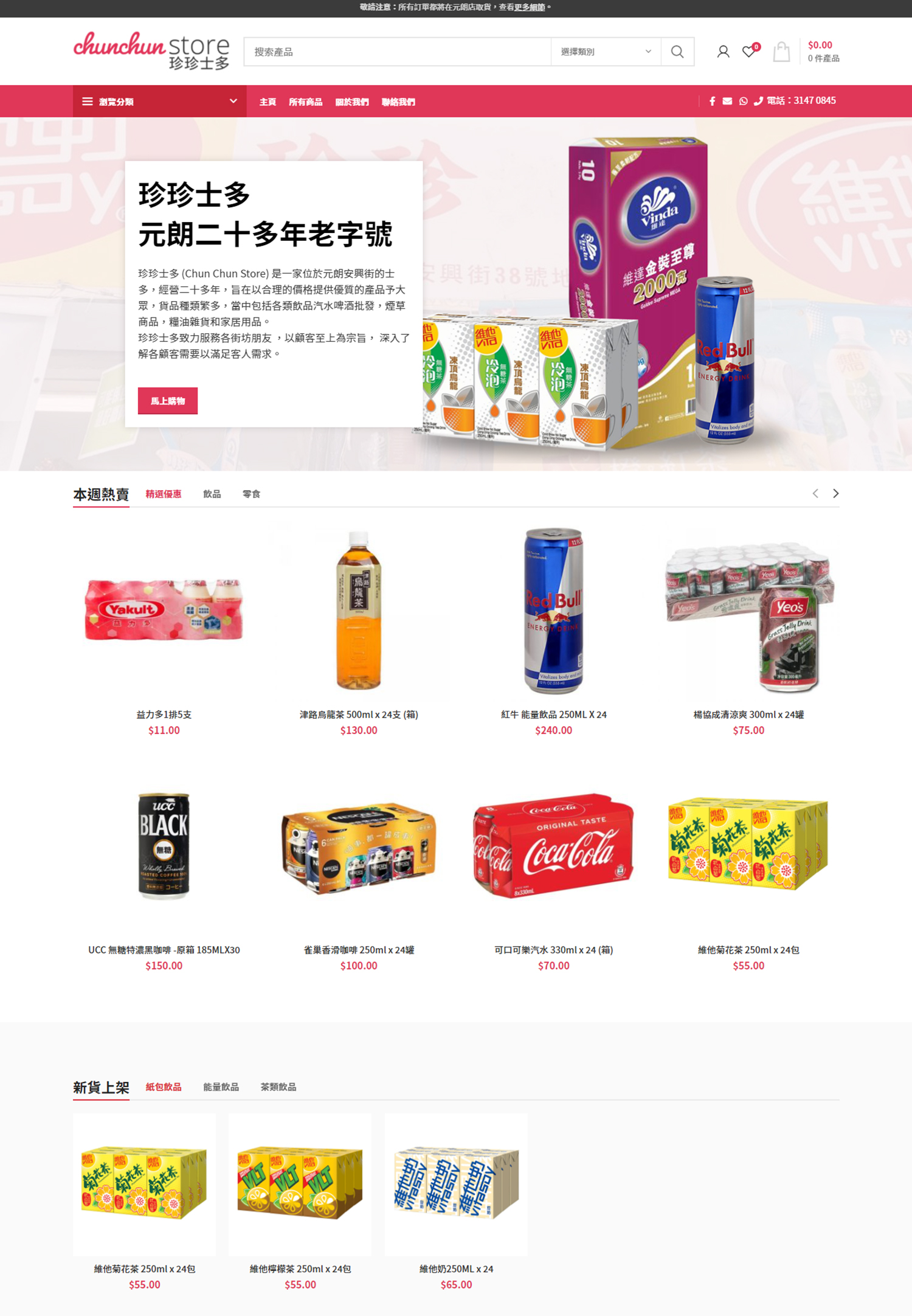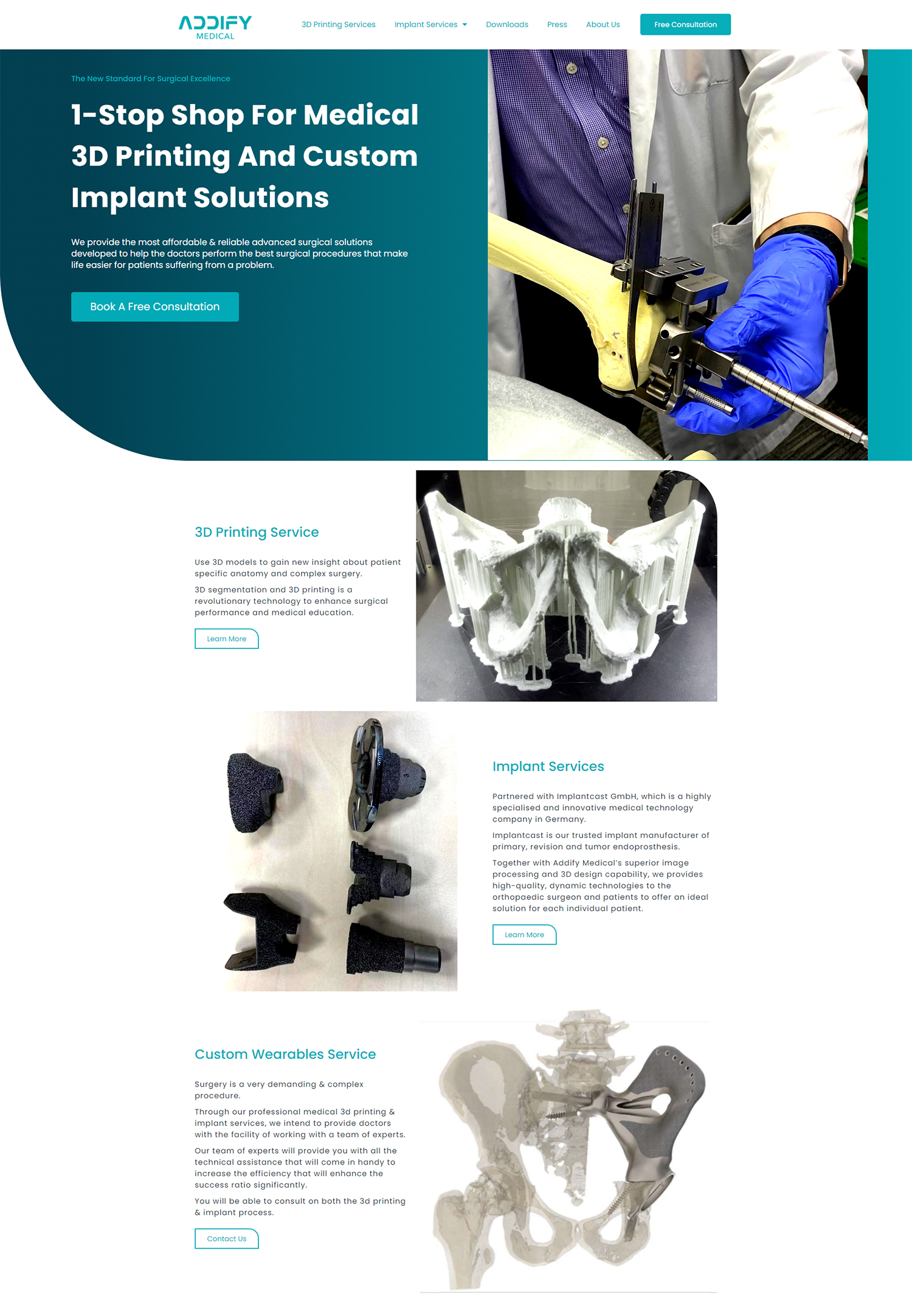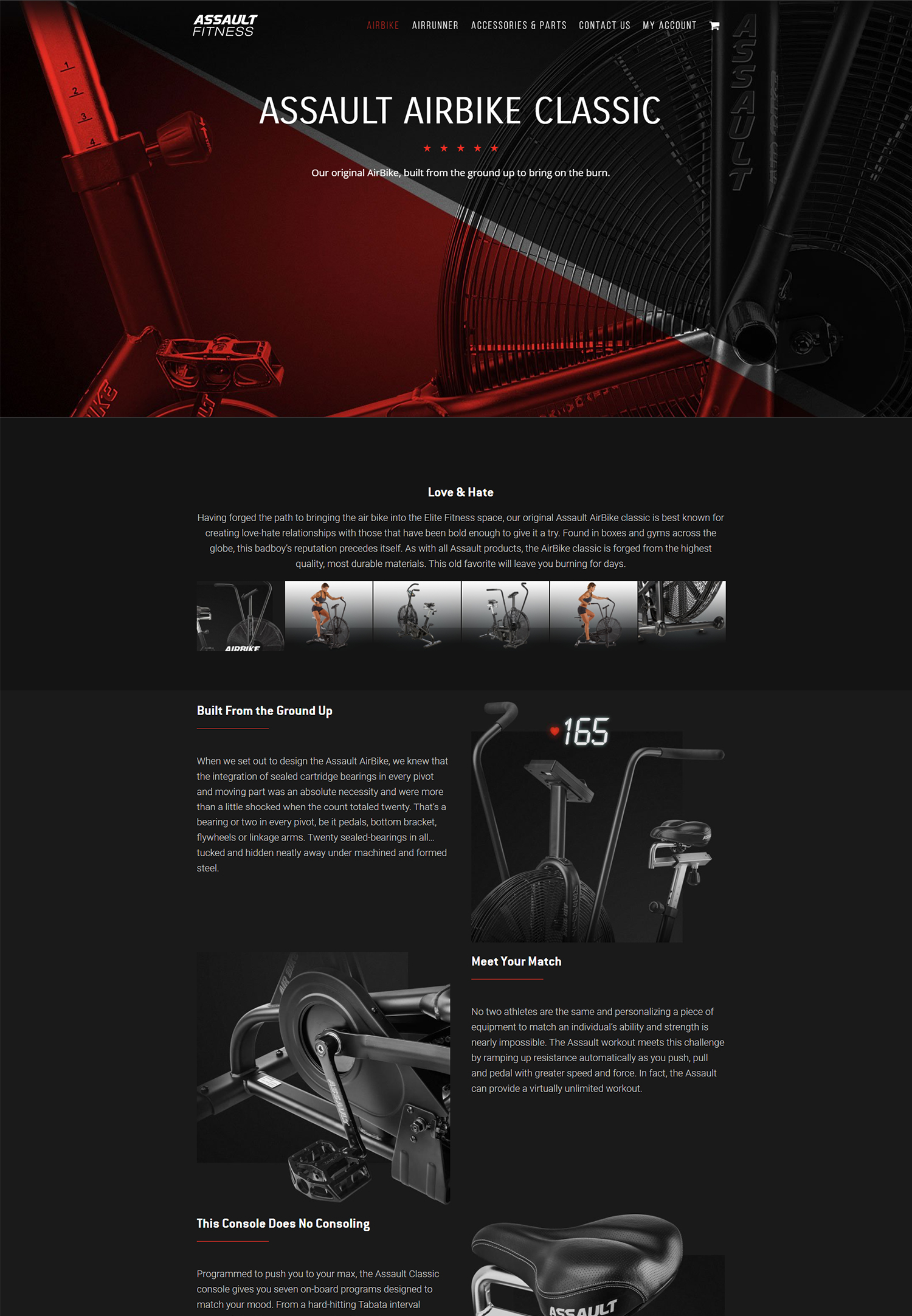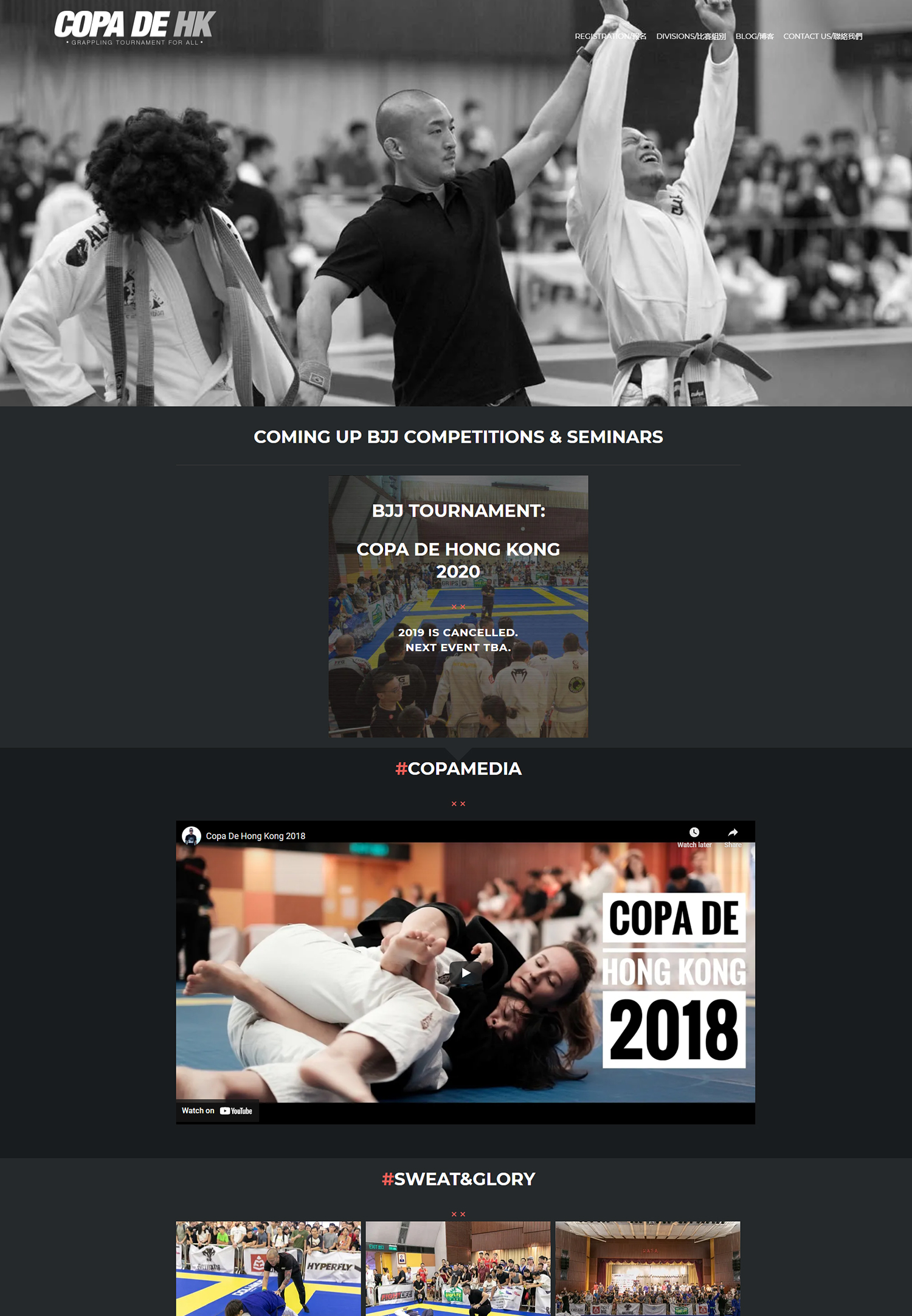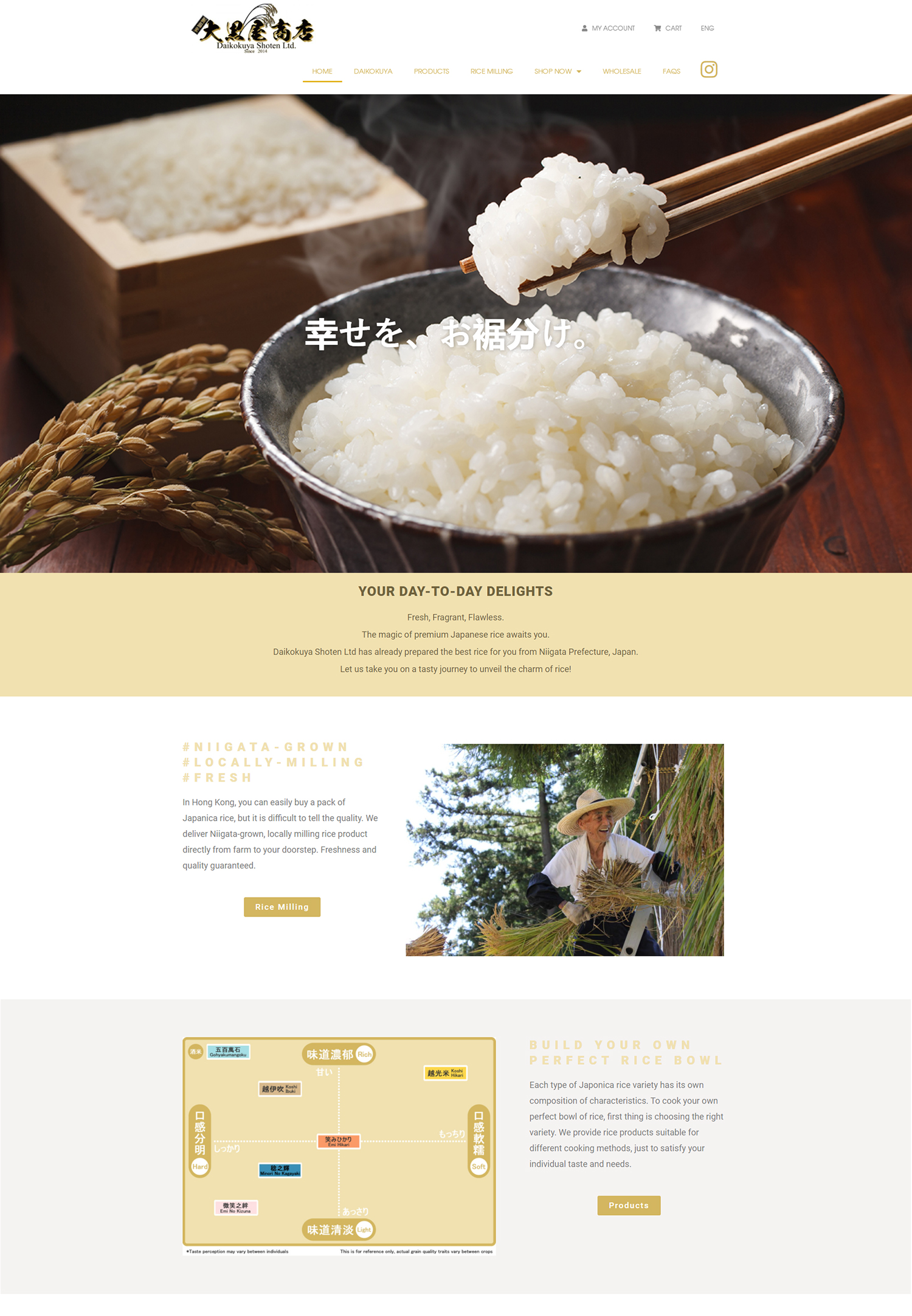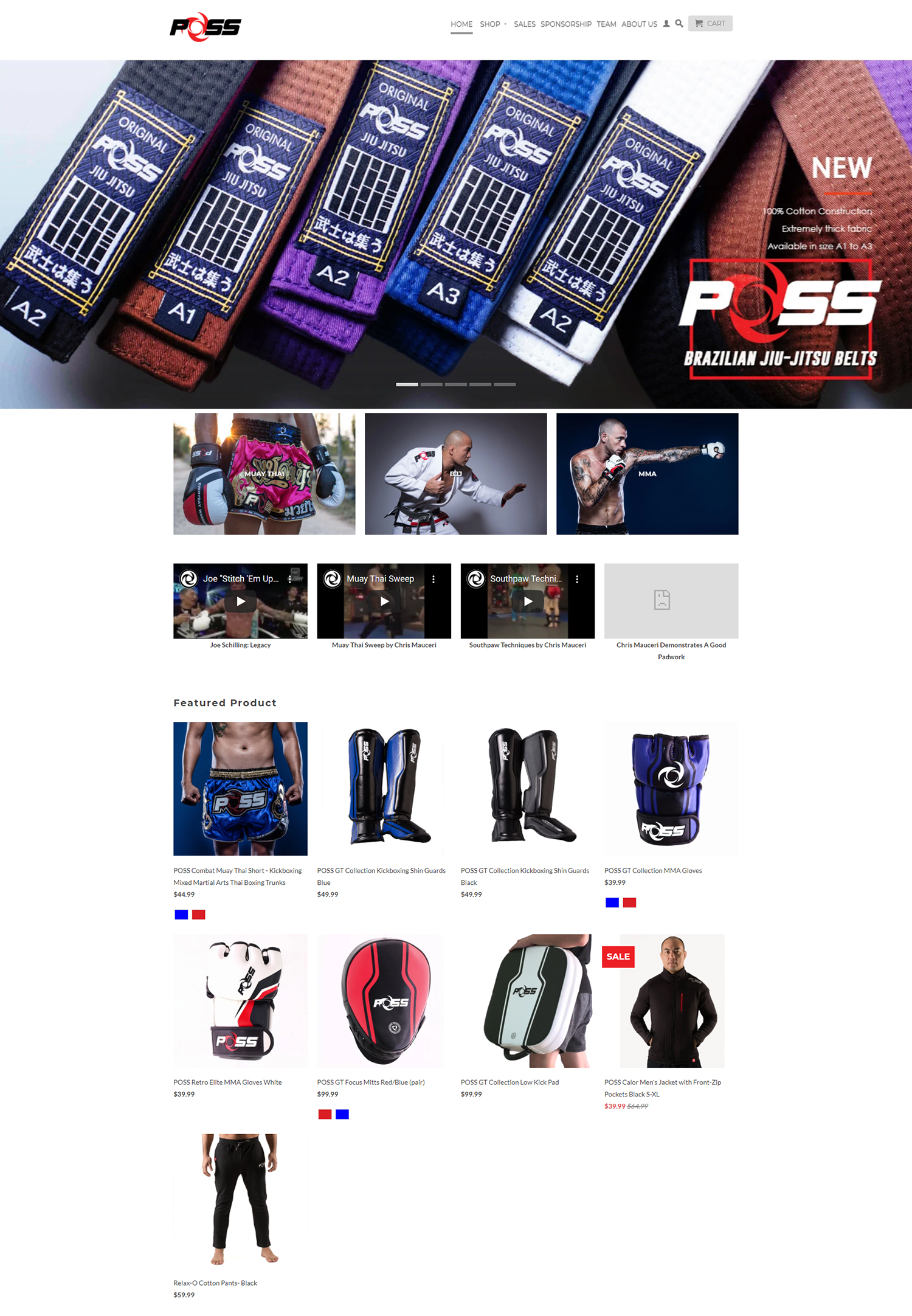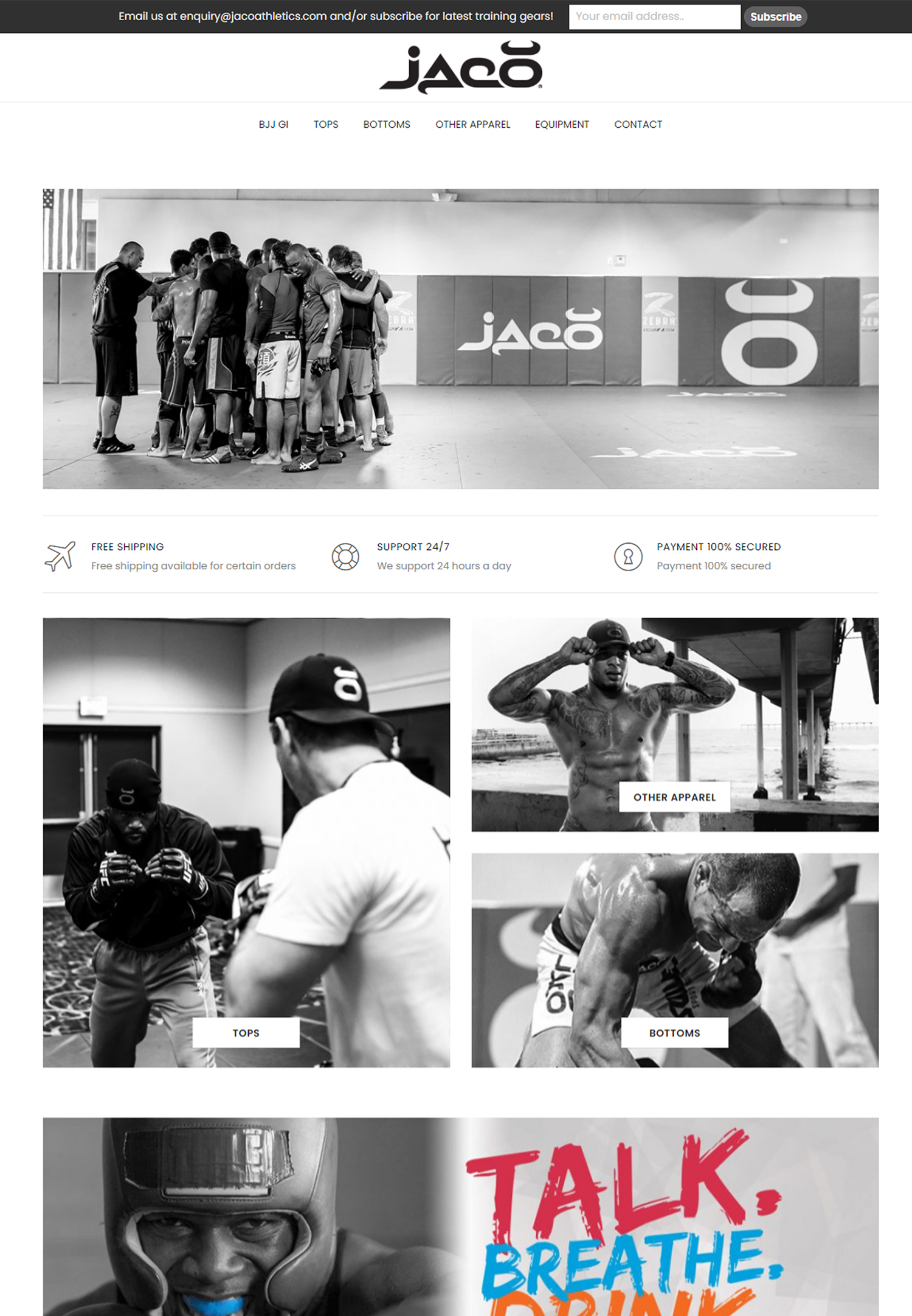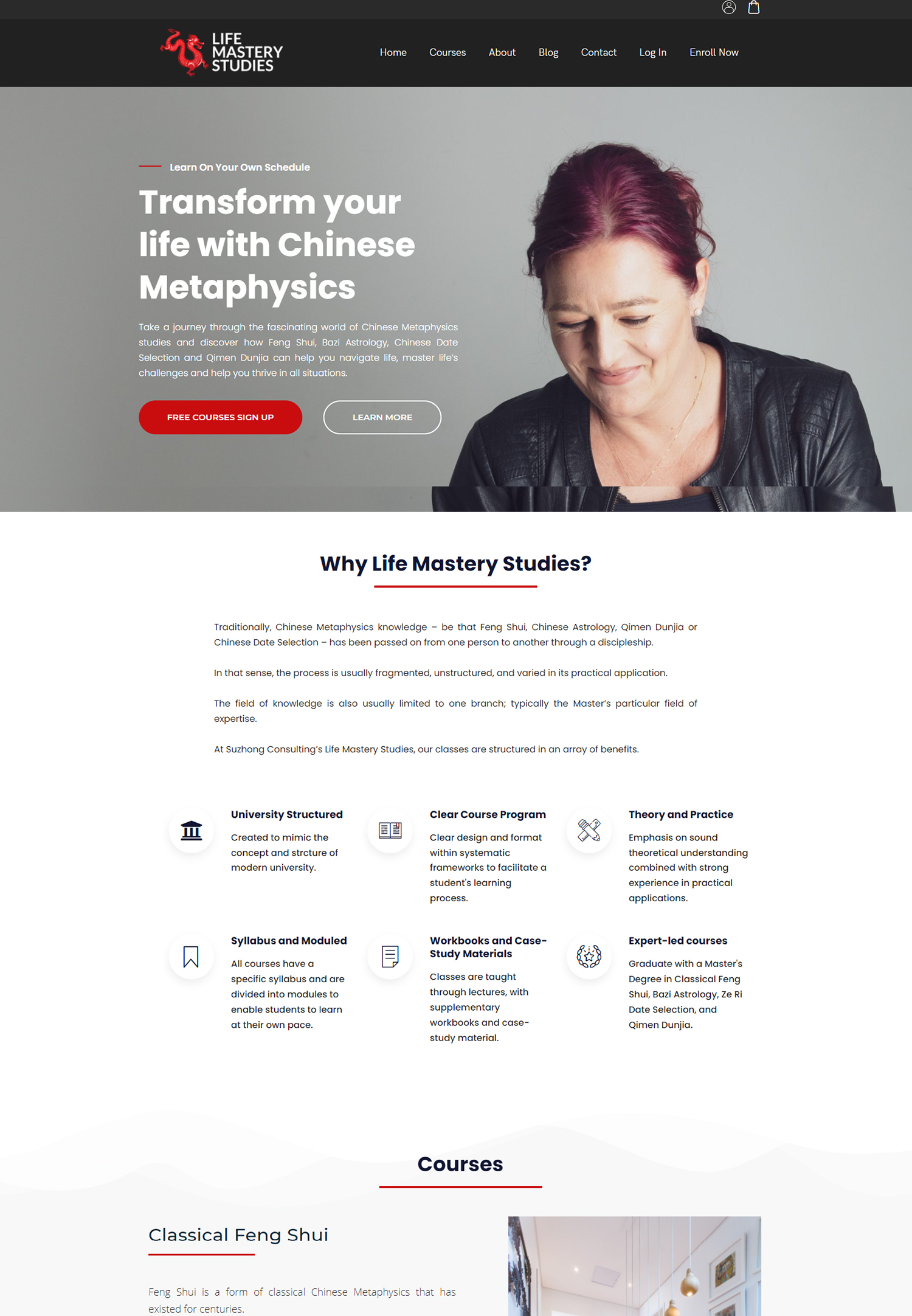Web development and search engine optimization (SEO) both depend on meta tags, according to The Comprehensive Guide to Meta Tags in SEO. They act as brief informational bursts that give both users and search engines background information about a webpage. Users’ perceptions of a website in search results & how search engines index content are greatly influenced by these tags, which are embedded in a webpage’s HTML. The most widely used meta tags are the title tag, meta description, and meta keywords.
Key Takeaways
- Meta tags are important for search engine optimization and can impact a website’s visibility and ranking.
- Monitoring meta tag performance is crucial to understand how they are impacting website traffic and user engagement.
- Analyzing meta tag data can provide insights into which tags are performing well and which ones need improvement.
- Improving meta tag performance involves making adjustments based on data analysis and best practices for SEO.
- Implementing relevant keywords in meta tags can help improve search engine visibility and attract the right audience to the website.
- Optimizing meta tag length is important to ensure that the tags are displayed properly in search engine results.
- Utilizing meta tag descriptions effectively can entice users to click on the website link in search results.
- Testing and adjusting meta tags regularly is essential to ensure that they are performing at their best and driving traffic to the website.
Each of these tags has a specific function that affects a webpage’s visibility and click-through rate. Because it is the clickable headline in search engine results pages (SERPs), the title tag is possibly the most important meta tag. An effective title tag not only alerts search engines to the page’s content but also persuades visitors to click through. Similar to this, the meta description gives users a quick overview of the page’s content and highlights what they can anticipate when they click on the link. Even though meta keywords are no longer useful in today’s SEO tactics, knowing their background can help you understand how search engines have changed their indexing techniques over time.
Any SEO strategy must track the effectiveness of meta tags. Webmasters can determine what changes are required by evaluating how well these tags are performing. Click-through rates (CTR), impressions, and average position for particular keywords are among the metrics that users can monitor with tools like Google Search Console & other SEO analytics platforms. These metrics give important information about how well meta tags are drawing visitors and keeping users interested. For example, if a page has a lot of impressions but a low click-through rate (CTR), it might mean that the title tag or meta description isn’t engaging enough to get people to click.
On the other hand, low impressions & a high CTR could indicate that, although the page is attractive to visitors, search results are not showing it often enough. With consistent monitoring of these metrics, webmasters can spot patterns and make informed choices to improve the efficacy of their meta tags. Analyzing the data to find useful insights comes next after performance metrics are gathered. Numerous factors, including user engagement, competition, and keyword relevance, are examined in this analysis. If certain keywords are regularly bringing visitors to a page, for instance, it might be advantageous to use them more prominently in the title tag and meta description.
Also, comprehending user behavior through metrics such as bounce rate can offer hints regarding whether the content meets the user expectations established by the meta tags. Also, competitive analysis can be very important in this process. Webmasters can find areas for improvement by looking at how rivals organize their meta tags for comparable content.
This analysis can be made easier by using tools like SEMrush or Ahrefs, which offer information on rivals’ keyword strategies and the performance of their associated meta tags. This all-inclusive strategy guarantees that meta tags are effectively customized to satisfy user needs in addition to being search engine optimized. It takes a strategic approach that blends creativity and data-driven insights to improve meta tag performance. A/B testing various iterations of title tags and meta descriptions to see which ones perform better is one efficient technique. The elements that most appeal to their audience can be determined by webmasters by producing several versions and tracking their performance over time.
Also, meta descriptions that use action-oriented language can greatly increase user engagement. Using phrases like “Discover,” “Learn more,” or “Get started” can compel users to click through by establishing a sense of urgency. Also, it is important to make sure that meta tags are in line with the overall content strategy; they should appropriately represent the content of the page and also speak to the needs and interests of the target audience. Optimizing search visibility requires the thoughtful placement of pertinent keywords in meta tags.
Research should be done carefully before choosing keywords, taking user intent, search volume, & competition into account. High-potential keywords that fit the webpage’s content can be found with the help of tools like Ubersuggest and Google Keyword Planner. Without sacrificing readability or user experience, pertinent keywords should be smoothly incorporated into the title tag and meta description after they have been determined.
For instance, if a webpage is about “organic gardening tips,” adding the phrase “Top 10 Organic Gardening Tips for Beginners” to the title tag organically can increase the relevance of the page in search results. Keyword stuffing should be avoided, though, as this can result in search engine penalties & erode user confidence. Effective SEO techniques also include optimizing the length of meta tags. For title tags and meta descriptions, search engines normally display a set number of characters; going over these limits can cause truncation, which could hide crucial information from users. Currently, best practices advise keeping meta descriptions between 150 and 160 characters & title tags between 50 and 60 characters.
Clarity and conciseness should be given top priority by webmasters when creating their meta tags in order to guarantee that crucial keywords and phrases are visible within these limitations. For example, concentrating on key ideas can help preserve brevity while still communicating important information, as opposed to employing long phrases that might dilute the message. It is simpler to follow these rules when using tools like Yoast SEO, which offer real-time feedback on character counts and readability. One of the most effective ways to affect user behavior in SERPs is through meta descriptions. A strong meta description can greatly increase click-through rate (CTR) by giving users a strong incentive to click on a link, even though it has no direct effect on rankings.
An effective meta description summarizes the content of the page and organically includes pertinent keywords. Engagement can be further increased by adding calls to action or unique selling points in addition to summarizing content. The meta description for a webpage that offers a free eBook on digital marketing strategies, for instance, might say, “Download our free eBook on digital marketing strategies and boost your online presence today!” This strategy not only tells users what they stand to gain, but also motivates them to take action right away.
The last stage of meta tag optimization entails ongoing testing & modification in response to performance information & shifting user behavior patterns. To remain relevant in a constantly changing digital landscape, SEO calls for constant analysis and improvement. Maintaining optimal performance can be facilitated by routinely reviewing and updating meta tags in response to fresh keyword research or changes in audience interests.
Webmasters can test different versions of meta tags using A/B testing to see which combinations work best over time. Also, monitoring market trends and search engine algorithm changes can help guide the necessary modifications to guarantee that meta tags continue to be successful in increasing traffic and engagement. To sum up, any website hoping to increase its visibility and user engagement in search results must become proficient in creating effective meta tags. Webmasters can greatly improve their SEO efforts and generate significant traffic to their websites by comprehending their significance, tracking performance, evaluating data, implementing pertinent keywords, optimizing length, making effective use of descriptions, and regularly testing and modifying strategies.
If you are interested in improving your ecommerce website’s performance, you may also want to check out this article on how to increase online sales for your ecommerce. This article provides valuable tips and strategies for boosting sales and driving more traffic to your online store. By implementing these techniques in conjunction with monitoring and improving meta tag performance, you can create a more successful and profitable ecommerce business.




